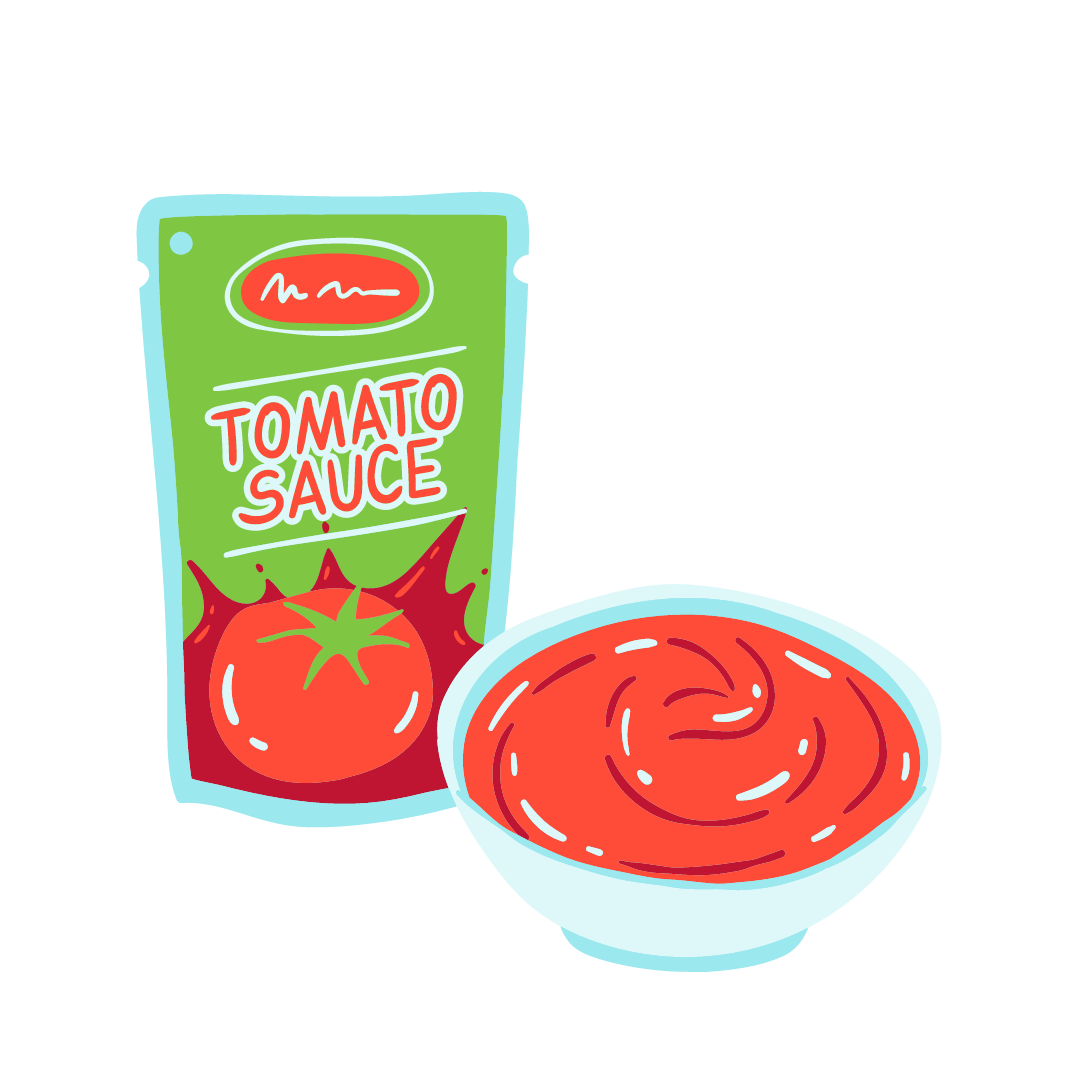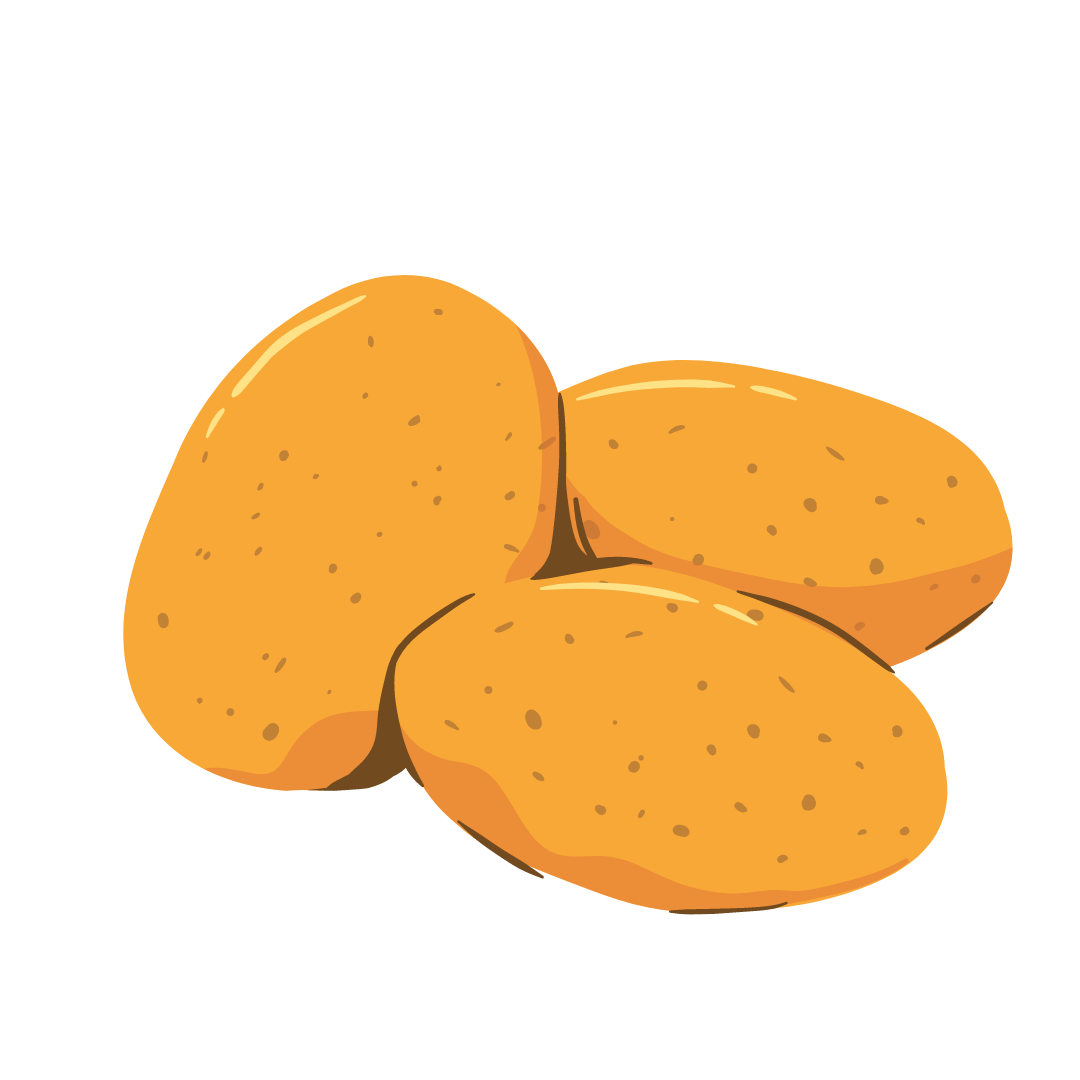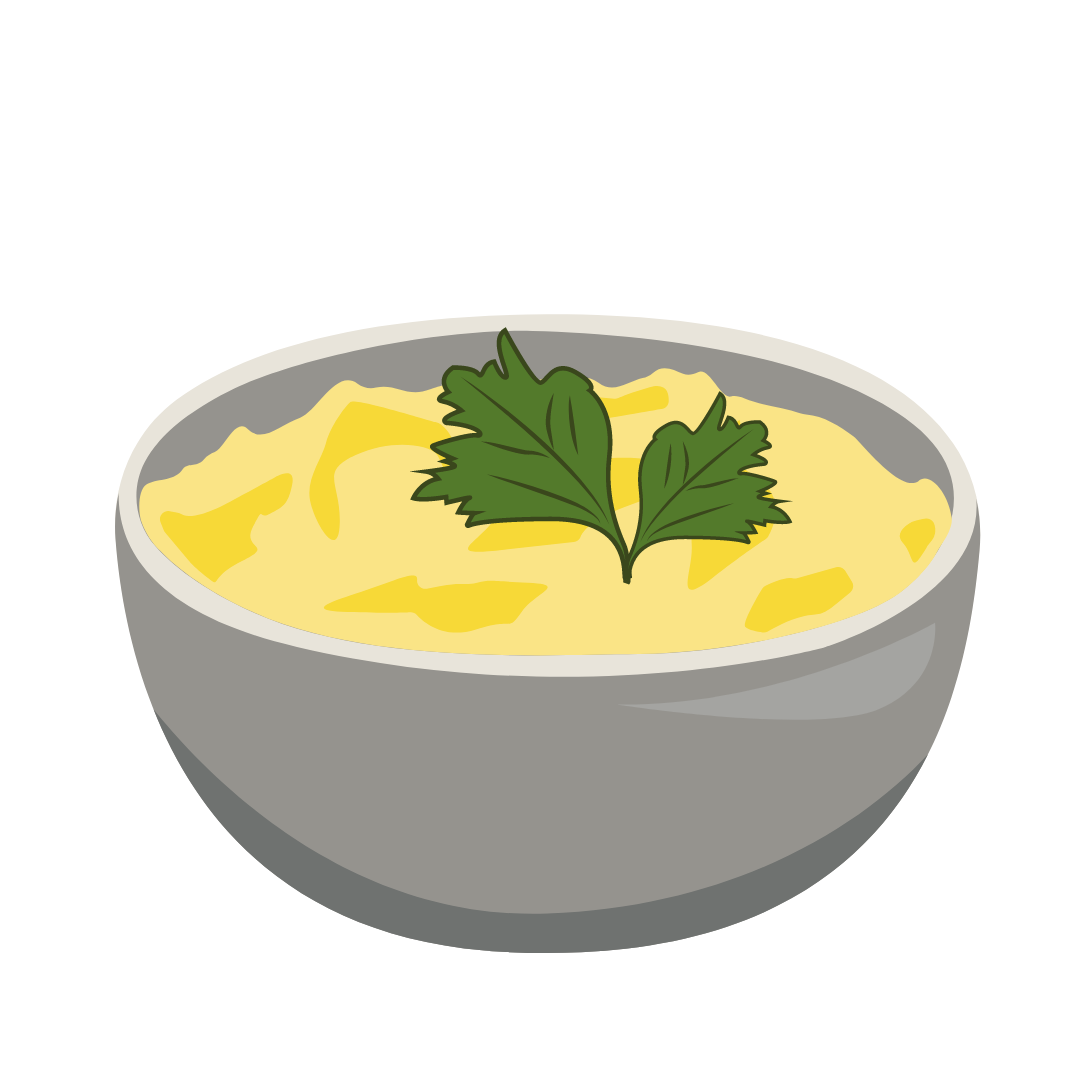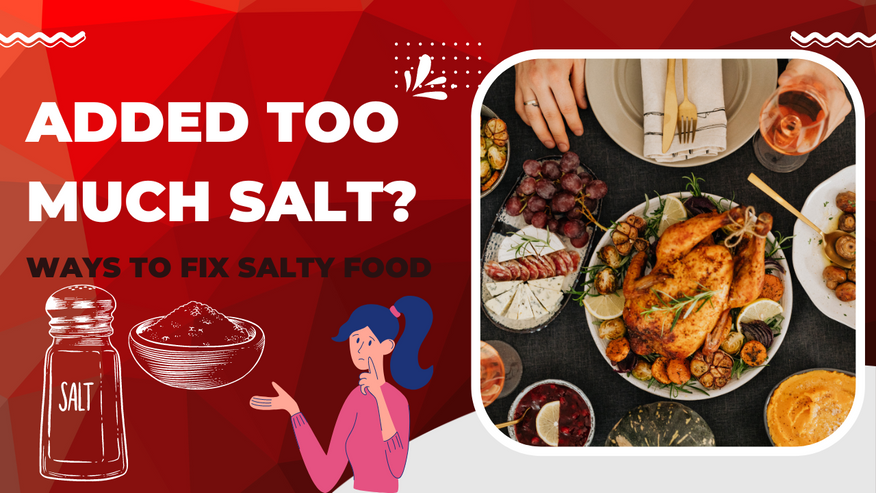Aug 29th 2022 - Monica Cunanan
Added Too Much Salt in Food? Here's how to fix it
Adding salt to your cooking enhances its flavor, but what happens when you add too much? You can easily correct any mistakes you make if you know how to balance out the flavors or incorporate salty foods into your dishes.
Here are ways to fix salty food:

- Dilute by adding more water or broth to reduce saltiness
- Addition of acidic ingredients such as tomato sauce for the counterbalance of flavors
- Addition of starchy ingredients such as potatoes
- Add Sugar for balance
- Add fatty ingredients such as dairy to complement and neutralize
- Add creamy condiments to dilute the saltiness
- Serve salty food with mild and unseasoned sides
- Siphon or rinse the excess salt
- Serve salty dishes with a fizzy drink
If you added too much salt, try these:
Dilute it!

Once you've tried to remove the salt from the mixture by adding extra water, your next step is to dilute the mixture so that it doesn't taste too salty.
Adding more water will dilute the saltiness of your dish, making it taste less salty. If the extra liquid makes the mixture too thick, you'll need a thickening agent:
- Mix one tablespoon of cornstarch with one to two teaspoons of cold water until smooth. Add it gradually to your simmering soup.
- Keep repeating until the right consistency is achieved.
Addition of Acidic Ingredients

You can add ingredients that are acidic in nature to help neutralize the saltiness. Here are some examples to try out:
- Tomatoes/ Tomato products: tomato sauce, tomato paste
- Lemon juice/ Lime juice
- Apple cider vinegar
Addition of Starchy Ingredients

Adding starch to your dishes can be helpful for absorbing some of the salt. However, this advice may be controversial among chefs because the amount of absorption of sodium content is usually negligible. To try these out you can:
- Add potatoes: This trick works well when making soups, stews and other similar types of foods. Add diced raw potatoes to the recipe when cooking. As they cook, the potatoes will absorb some of the water and salt, so you may need to adjust the seasoning accordingly.
- Once the potatoes are cooked through, discard them.
- You can also add cooked and unseasoned rice, pasta, quinoa, or couscous to the dish. They usually add their own flavors to recipes and can reduce the saltiness
Add Sugar
Add a small amount of white sugar or brown sugar to counterbalance the salty taste. Because of its sweet taste, sugar balances out the saltiness in foods.
Add Dairy or Fatty Ingredients

You may add dairy products such as heavy cream or sour cream. Dairy products contain sugars, which help to cut down the taste of salt. It creates a barrier between the salt and your tongue, preventing the salt from entering your body. Oat or coconut milk has enough creamy components which make it interchangeable with dairy products.
Add Creamy Condiments
You can add condiment ingredients like sour cream, avocados, ricotta cheese, etc., to fix foods that are too salty. These sauces help to dilute the salty taste slightly and disperse the salty taste more evenly on your palate so they're not too overwhelming.
Serve Salty food with Mild and Unseasoned Sides

If serving your main course has proven to be more challenging than expected, serve it with less salty side dishes to counteract its saltiness. Here are some side dishes that can be served along with a salty main course:
- Serve unseasoned rice with salty protein dishes
- Mildly seasoned or bland mashed potatoes with the salty meat.
- Unseasoned baked potato, bread, rice, or pasta,
- Avoid butter and cheeses that may give excess sodium to the dish
Siphon or Rinse the Excess Salt
- If there's too much salt on your soup, try to scoop out the extra salt as possible
- Use a basting brush to remove salt on a solid foods such as meat or vegetables
- Wipe the surface with a damp cloth. The wet surface may be able to pick up salt granule particles.
- Rinse the meat under running water if the salt is on a separate chunk of meat, or let the meat sit in cold water overnight if the salt is on the whole steak.
Serve Salty Dishes with a Fizzy Drink

If all else fails and you're out of ideas, offer your guests a refreshing glass of fizzy drink with their meals. Fizzy drinks can help clear out the taste buds and neutralize the saltiness left behind by salty foods. You can try out one of these drinks:
- Prosecco
- Champagne
- Sparkling Rose
- Seltzer Water
Added too much salt on soup?
- Gradually increase the amount of liquid added.
- Add some veggies like celery, onions, white beans, cauliflowers, or leeks.
- Add in some potatoes and/or pasta to the dish.
- Add more ingredients to the pot.
- Add more cream, butter, cheese, or olive oils to increase the fat content.
- Add some sugar or simple syrup.
- Mix the unseasoned batch with salty soup for a balanced taste.
How Much is too Much Salt?
Recommended Amounts

There isn't enough evidence to establish a recommended dietary allowance or a toxic effects of sodium according to the U.S. Dietary Reference Intakes
Guidelines for Adequate Intakes (AI) state that for men and women 14 years of age and older and pregnant women, the AI is 1,500 milligrams a day.
What Happens If You Eat Too Much Salt?
Short-term effects:
- Water retention
- Rise in blood pressure
- Intense thirst
Long-term effects:
- May raise blood pressure
- May increase stomach cancer risk
- Effect on risks of heart disease and premature death
Tips for Seasoning & How to Avoid Too Much Salt

To avoid salty dishes altogether, try these steps:
- Always use salt in moderation. Adding salt can always be done, but reducing it after adding it can be more difficult.
- As you cook, taste your dish throughout. Add a little bit more of the seasoning at each step of the recipe and taste your final product after adding each additional ingredient. You'll be able to tell exactly when to stop adding ingredients.
- Try kosher salt. Table salts are finer than kosher salt and they're easier to measure out.
- Adjust the amount of salt according to the other ingredients in your recipes. If you're using salty ingredients like soya sauce, olive oil, pickles, or Parmesan, cut back on the amount of salt you intend to add and season at the end, if necessary.
Considering Opening a Restaurant?
If you plan to serve healthy, and well-seasoned dishes, you might want to consider investing in good restaurant types of equipment. Here in Culinary Depot, we help you decide which equipment or dishware is suitable. Get in touch with us today!

